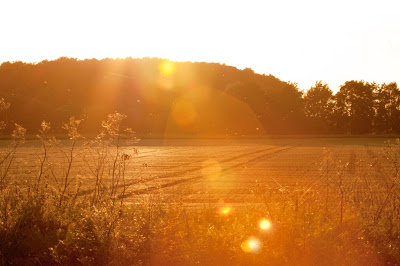

There are more on Flickr but unfortunately the bird has failed to show since Wednesday as reported by Dave Ware. It'll likely now be on the reserve til March - it's just finding it...
The usual stalwart though - kingfisher by John Hakes:

However a new species for the site list - and the biggest recorded since the reserve's creation. Many thanks to local Farmers Edward and Nicola Duggleby for the loan of their belted galloway cattle to graze the new Hempholme Meadows habitat this autumn - here in the 'rhino pen':
The first livestock on Tophill Low since the 1950's:

Edward and his belties':

We should also give thanks to the Yorkshire Wildlife Trust at this point - namely Caroline Comins, Jon Traill and Andy Gibson who kindly gave us advice on the infrastructure. The belted galloway's are a native hardy breed whose thick coats and light weight suit them to wet ground and all weathers. They also find a variety of vegetation palatable including so far reed mace, hogweed, rushes and willows which will keep the vegetation in check and hopefully invigorate the bird life through dung loving insects and poaching of scrape edges:

We'll be checking the stock daily until they disappear in December and there is a Warden number in the hide in case of emergency.
Otherwise the week has been steady with hobby taking advantage of the last of the house martins over the res today, marsh harrier moving through, water rail on North Marsh, and a flock of 25 siskin around the car park. Thanks to Dave Marritt for this great crested newt looking for a winter home:


The tenants of this amazing structure are already gone. A spectacular bees nest found by Doug Fairweather:

Doug also got this reserve first - Araneus quadratus - an impressive arachnid near the Angus McBean hide:

This bronze shieldbug was a reserve second - found wandering on volunteer Jess - Pete Drury:

It's not an adult but a larval form or 'instar' of which it goes through several phases this one being the final - This mid phase instar was the site first photographed by Doug:
+possible+mid+instar+nymph+P1060173.jpg)
A devil's coach horse running along the path today:

Grey dagger moth caterpillar - Doug:
+.jpg)
Also by Doug a site first - a parent bug - Elasmucha grisea again an instar of:
+final+instar+nymph+.jpg)
and the adult form:
.+.jpg)
And one really interesting species found this summer and subsequently investigated. These growths on this piece of ryegrass are an ergot - Claviceps purpurea. They are a fungal infection of the grass flowers which cause fruiting bodies in the form of black galls to grow and distribute spores (Doug Fairweather):
+right+&+infected+with+Gibberella+gordonii+left++.JPG)
Ergot was historically and still is to an extent a hazard of wheats and other grasses and is often associated with wet summers after cold winters. Eating these galls causes hallucinations, convulsions and even death. The condition is known as 'St. Anthony's Fire' after the monks who cared for the victims who inadvertantly consumed the ergot with wheat. Constriction of blood vessels is also an effect causing loss of limbs and gangrene, and ergot poisoning has been potentially linked through events in history including the Salem witch trials and the Norse Beowulf story. The ancient Greeks also reportedly used ergot in the hallucenogenic drink kykeon and the elements were later synthesised into LSD by Albert Hofmann in 1938. That said the pink colour here is not that of ergot:
;But that of another fungi which lives on the ergot - Gibberella gordonii. So there you go; a fungi living on a fungi living on a grass! Thanks to Doug and Michael Jordan of the Association of British Fungal Groups for the ID on this one (which is reportedly quite uncommon). Luckily this was on the south of the site and not in the new cattle enclosure!
Reserve walk this Saturday at 10am - and please note the updated detail on the Beverley Nats talk in the post below.




-.jpg)

























































